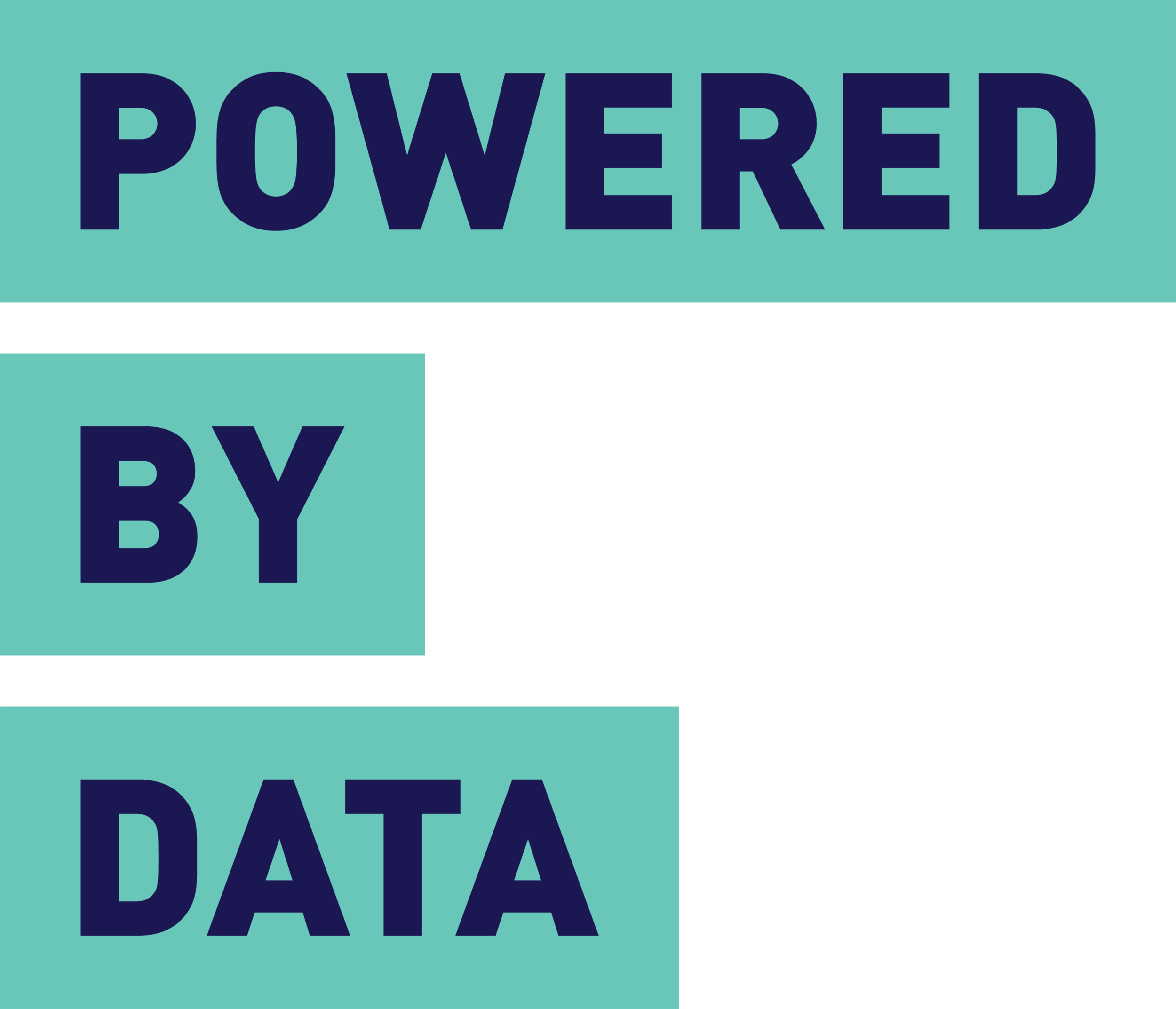Making G&Cs Data Better
We’ve written about the the federal government commitments in their Third Biennial Plan to the Open Government Partnership before. We’ve been focused on Commitment 11 in that plan — which centers on increasing the consistency, standardization and searchability of the data on grants and contributions across the Federal government. With this commitment, the Federal government is also decreasing the dollar amount for the reporting of Grants and Contributions (G&Cs) awards from the current rule of only reporting those over $25,000.
The Federal Government recently updated Canadians on their progress on Commitment 11 and carried out a consultation on The Guidelines on the Reporting of Grants and Contributions Awards that will help them implement that commitment.
We were happy to participate in the consultation, as we believe the implementation of Commitment 11 will lead to the improvement of available Federal G&Cs data. This is important because G&Cs data enables a better understanding of the distribution of funds and resources to the nonprofit sector, as well as increases opportunities for collaboration. It also enables policymakers, researchers, media, and others to perform analyses on patterns of spending and to gain more insight into the important relationship between the federal government and the nonprofit sector.
As part of the consultation, the Federal government was primarily seeking feedback on the page entitled “Fields and Field Descriptions” but offered four pages for comment:
Guidelines (Procedures for departments to follow);
Fields and Field Descriptions (The fields that are being reported on);
Field Population Guidance (Guidance for departments to populate these fields); and
Appendices (Additional information on the reporting process).
We generally think the government is doing great work on this commitment and that the Guidelines have been well developed. As a result, we only submitted a few minor comments as part of the consultation process:
For Fields and Field Descriptions - Appendix B:
We suggested that Department ID also be published. Considering that this comes from a controlled list, and considering that the names change with every government these days, we thought only having the text could be problematic.
For Field Population Guidance:
For the expected results field, we suggested a maximum character limit of 500 characters, at the very least.
For the Federal riding field: we thought it was important to publish the Federal Electoral District Codes instead of names in order to make transposing data easier.
For the Appendices:
We recognized the three wave approach in Appendix H as practical and a good exercise in transparent communication.
Overall, we are looking forward to continue to support the work of the government on this commitment and its broader Third Biennial OGP plan. We are eager to see the final implementation of Commitment 11 and the increased availability of accurate and useful G & Cs data.

